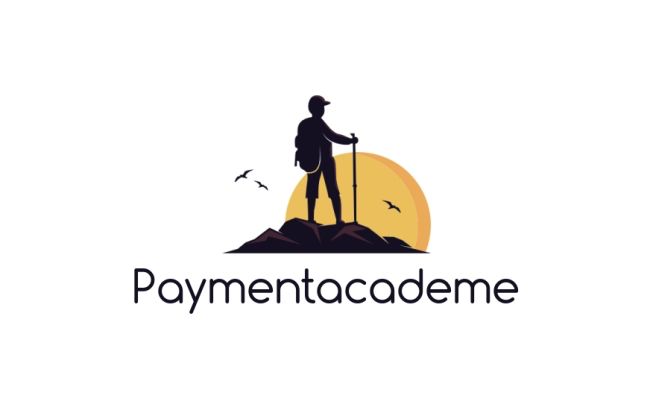Introduction
Cross-border payments are at the core of global trade, remittances, and financial transactions. Whether it’s moving money from the USA to India, paying international suppliers, or facilitating corporate treasury operations, understanding the intricate backend mechanics of cross-border payments is critical.
This guide provides an in-depth look into how cross-border payments work, including the role of correspondent banking, nostro & vostro accounts, prefunding models, corridor expansion, FX rates, and spread mechanics. We will also cover real-world use cases, giving you a solid foundation in international payment flows.
1. What is a Cross-Border Payment?
A cross-border payment occurs when money is transferred from an entity in one country to another. These transactions can happen through:
- Banks (SWIFT, Correspondent Banking)
- Money Transfer Operators (Western Union, MoneyGram, Wise)
- Fintech Solutions (Revolut, Airwallex, Payoneer)
- Blockchain-based Payments (USDC, Ripple, Stellar)
These payments can be categorized into:
- B2B (Business to Business) – Corporate payments, supplier payments, trade finance.
- B2C (Business to Consumer) – Salary payouts, refunds, and ecommerce transactions.
- C2C (Consumer to Consumer) – Remittances, expatriate transfers.
- G2C (Government to Consumer) – Pensions, social security payments.
2. The Role of Correspondent Banks
A correspondent bank is an intermediary that facilitates transactions between banks that don’t have a direct relationship. It is commonly used in cross-border payments where local banks lack international reach.
- Example: A small bank in India may not have a direct relationship with a U.S. bank, so it uses a larger correspondent bank to process transactions.
Agent Banks vs. Correspondent Banks
- Agent Bank: A bank authorized to act on behalf of another bank in a specific region.
- Correspondent Bank: A bank that provides services to another bank, typically in different countries.
How Correspondent Banking Works (Example: USA to India Transfer)
- Initiation: A U.S. customer initiates a $10,000 wire transfer to an Indian business.
- Processing: The U.S. bank debits the sender’s account and sends a SWIFT message.
- Correspondent Bank (USA Side): The sender’s bank uses JP Morgan as a correspondent.
- Nostro-Vostro Accounting:
- JP Morgan holds a Nostro account in HDFC India.
- HDFC India has a Vostro account in JP Morgan.
- Settlement: JP Morgan debits its Nostro account and credits HDFC’s Vostro account.
- Final Credit: HDFC credits the Indian business’s account.
Key Terms
- Nostro Account: “Our money held in another bank” (Example: JP Morgan’s INR account in HDFC)
- Vostro Account: “Their money held in our bank” (Example: HDFC’s USD account in JP Morgan)
3. Prefunding Models in Cross-Border Payments
What is Prefunding?
Prefunding is when financial institutions deposit funds in a foreign account before transactions occur. This ensures liquidity and instant settlements.
Prefunding vs. Post-Funding
| Feature | Prefunding | Post-Funding |
|---|---|---|
| Funds Available? | Always ready | Needs funding at transaction time |
| Speed | Faster transactions | Slower, as funds must be sourced |
| Risk | Lower liquidity risk | Higher delays and risks |
Example: Cross-Border Remittance from USA to Philippines
- Money Transfer Operator (MTO) prefunds a local bank in the Philippines.
- The sender in the USA pays $500.
- The recipient in the Philippines gets instant credit as the funds were already prefunded.
4. FX Rates & Spreads in Cross-Border Payments
What is FX Rate?
The Foreign Exchange (FX) rate determines how much one currency is worth in another currency.
- Example: USD/INR = 82.50 means 1 USD = 82.50 INR.
Understanding the FX Spread
When banks or FX providers convert currencies, they use:
- Interbank Rate (Mid-Market Rate): The rate banks use to trade with each other.
- Customer Rate: The rate applied to end-users (adds a markup for profit).
| FX Rate Type | USD to INR |
| Mid-Market Rate | 82.50 |
| Bank Rate (with 2% Spread) | 80.85 |
| Customer Pays Extra | ₹1.65 per USD |
How FX Spreads Work
- A customer converting $10,000 at an 82.50 interbank rate should receive ₹825,000.
- However, due to a 2% markup, they only get ₹808,500.
- The bank keeps ₹16,500 as spread.
5. Corridor Expansion in Cross-Border Payments
A payment corridor is a route through which cross-border payments flow between two countries.
- Major corridors: USA → India, UK → EU, China → Africa.
- Factors affecting corridors: Trade volume, remittance demand, and regulatory frameworks.
How to Expand a Payment Corridor?
- Partner with Local Banks: Build relationships with financial institutions in the receiving country.
- Enable Local Payout Methods: Support bank transfers, mobile wallets, and cash pickups.
- Regulatory Compliance: Align with AML/CFT and FX regulations.
6. Real-World Case Study: USA to India Remittance
Scenario
John, an Indian IT professional working in New York, wants to send $2,000 to his parents in India.
Step-by-Step Process
- John initiates a transfer via Wells Fargo (USA).
- Wells Fargo routes through JP Morgan (Correspondent Bank).
- JP Morgan debits its Nostro INR account with HDFC India.
- HDFC processes the payment and credits John’s parents’ account.
- Transaction settles in 24 hours.
Conclusion
Cross-border payments are complex but crucial for global commerce. With the rise of fintech, blockchain, and digital currencies, the industry is evolving towards faster, cheaper, and more transparent solutions. Understanding correspondent banking, nostro/vostro accounts, prefunding, FX spreads, and corridor expansion is essential for anyone looking to work in this field.
🚀 Mastering cross-border payments can unlock career opportunities in fintech, banking, and financial services!
